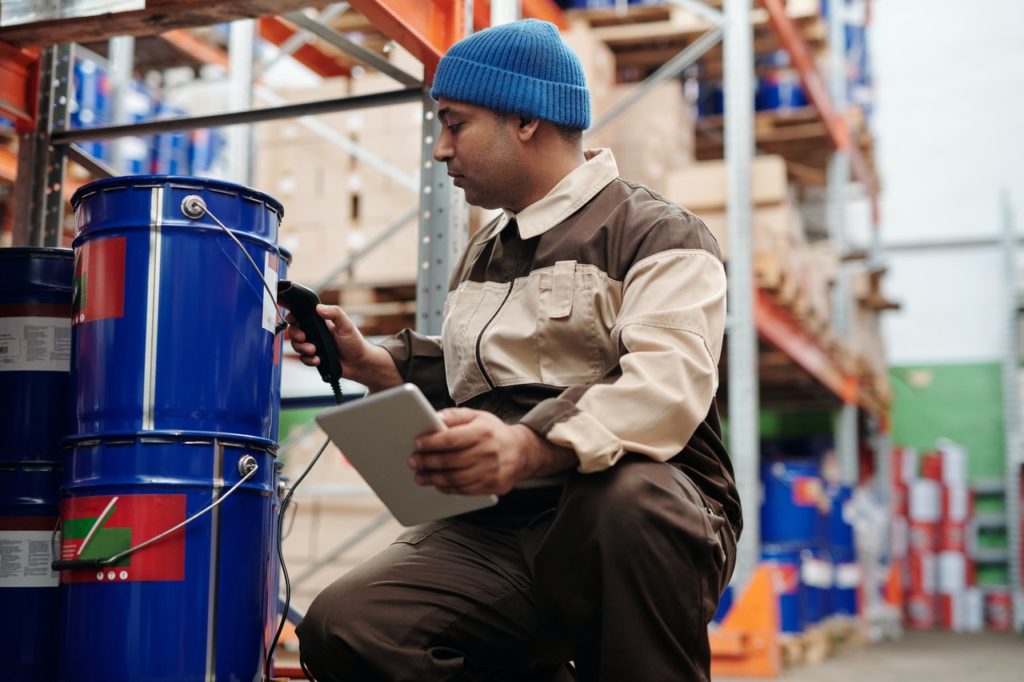Repairs cost money. They have far-reaching consequences that can become even more costly. A slow down in service or delays in production schedules can add up to a great deal of money. In some industries, it can incur fines. It is in your best interest to prevent the possibility of spending revenue on these easily avoidable issues.
Preventative maintenance requires very little in the way of overhead. Small but effective maintenance staff can help to keep the building and equipment in good shape. Preventative maintenance is about inspecting and servicing machinery before it breaks down. It requires good quality parts that are replaced in time to prevent the possibility of breakdown. Practicing preventative maintenance means that you know when to order parts.
Because you know which parts are wearing down. It means having an appointment set with the roof restoration company before a missing roof tile becomes a leak. It is the difference between excellent service and steady revenue or production downtime and faulty equipment and facilities. Evaluate your business premises. Work with your maintenance staff to identify how you too can set a preventative maintenance schedule in place.
Personnel Safety
Employees are valuable resources who must be protected at all times within their workspace. This means ensuring that the environment is safe also, that they have all the necessary safety gear they need.
A trained employee is cheaper to keep than to hire and train a new one. Thus, ensuring the health and safety of your employees will keep them loyal and on your payroll.
This means that they must have a good inventory of supplies and safety gear to resort to whenever needed. Keep first aid kits within easy reach. Provide clean drinking water and easily accessible bathrooms.
Safety signs in clearly visible places, equipment training, and protective harnesses where needed are part of ensuring this safety. Make sure to instill the importance of checking smoke detectors, carbon monoxide detectors, and flashlights before they go on the floor every day.

Interior Building Safety
Floors must be clean and slip-proof. Walls and ceilings must not be leaking and show no signs of deterioration. This means no cracks and peeling paint. Inspect regularly for electrical hazards, tripping hazards, and falling hazards. Do regularly scheduled checks of the fire alarm system. Ensure the building sprinklers are functioning. Train employees to respond effectively in case of emergency.
Remove and inspect fire extinguishers and firefighting equipment regularly and replace them within the required safety margins for such products. Test and oil door hinges and locks to ensure they do not stick and are functioning well. Label walkways, work areas and provide clearly labeled assigned spaces for waste materials of different types.
Shelving and transportation carts must be secured and checked regularly to keep them oiled and clean. Arrange for pest inspections as small pests can cause big problems in felt unchecked. They can cause damage to the electrical wiring as well as be a possible trigger for allergies among staff. Depending on how secure your production line needs to be, pests can contaminate and ruin the day’s entire product.
Exterior Building Safety
The exterior of the building is important to maintain as this helps to keep the integrity of the interior. It also makes the company look professional and reliable. The walls, roof, and freestanding structures must be clean, well-maintained, and free of cracks. Broken windows, doors, railings, and walkways must be repaired and replaced without delay. Landscaping must be done regularly to keep the lawn looking neat and organized and ensure that there is no water damage to the building.
Another way to prevent water damage to the building and its foundations is regular inspections and cleaning of drains and roof gutters. Any downspouts and piping must not be unseemly while efficiently conducting water away from the foundations. Ensure the gutters and piping is well-anchored to the building. This will prevent unseemly damage in the event of storms.
Examine and repair sidewalks, driveways, and parking areas to prevent cracks and wild plant life from causing issues or accidents for the people who use them. A well-maintained parking area can also help to retain the professional look of a company.
Lighting and plumbing are also important and key areas to be aware of and develop contingency plans to prevent issues. Exit lighting is a safety feature necessary for emergencies and must be in good repair. Interior lighting is essential for the safety and efficiency of employees within the production facility. Exterior lighting keeps staff and visitors safe while on the premises. This is a safety feature to prevent anyone from getting hurt and exposing the company to liability.
Plumbing maintenance is essential to prevent leaks and keep refrigeration units from experiencing issues. Sumps and sewage pumps need regular testing and lubrication to prevent possible damage. System control tests and compressor oil reservoir checks help keep a system from facing issues in an increased workload or longer operation hours.
Preventing problems saves you money and can help you increase your revenue stream steadily as people prefer companies that know how to keep safe.

